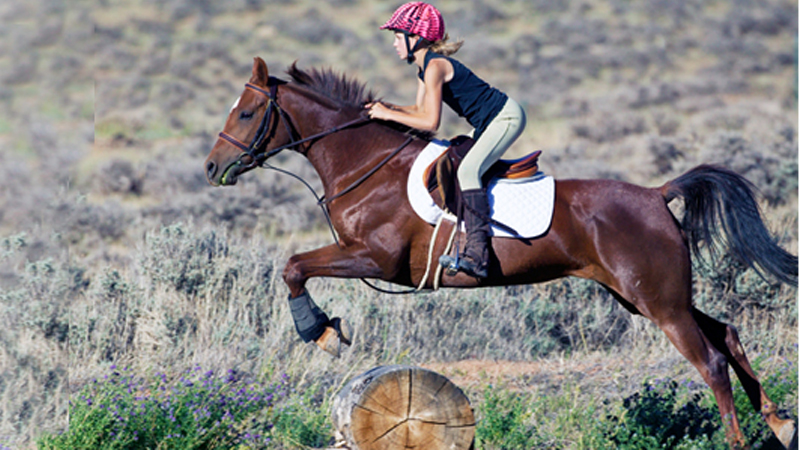
Lessons In Governance
Understanding how families build their capacity to make informed, effective decisions that can help guide the successful transfer and sustainability of wealth across generations.
Authored by the Merrill Center for Family Wealth®
A great deal of attention has been given to families that have succeeded in transitioning wealth from one generation to the next. In an ongoing study led by co-author Dr. Dennis Jaffe of Wise Counsel Research, we have uncovered many of the patterns adopted by these families. The research paper (co-sponsored by the Center for Family Wealth and Merrill’s Family Office Services, February 2017) is based on interviews with nearly 80 families across 20 countries, from the third (G3) to the eighth (G8) generations, with an average family net worth of nearly $500 million. This group of successful “generative families” achieved tremendous financial success while adapting to changes in their families and retaining a shared family identity.1
What enables some families to achieve long-term sustainability and success?
This article highlights the key takeaways from Dr. Jaffe’s latest research and draws on a collection of experiences working with hundreds of multigenerational families, including a large number of first- (G1) and second-generation (G2) families, to explore what enables these early stage families to achieve this level of long-term sustainability and success enjoyed by the families in Dr. Jaffe’s study. These families have progressed from learning to developing to evolving over time, and we explore the key features of their paths.
It is important to acknowledge that generational transitions are fraught with complexity. It is at these points of transition that families can be most fragile and at risk. As transitions are completed, the family settles into a new status quo that tends to continue in relative stability until the next transition. At the beginning of transitions, however, the waters can be quite choppy. Family dynamics often engender a great deal of anxiety. Issues of control, love, personality, fairness, differing perspectives, varied levels of commitment and divergent values create a complex brew that family members must effectively address if they are going to be successful. Families navigating these transitions often face what some have referred to as the “cauldron of change”2 — a progression of stages seen in both personal and collective transitions.
A Private Wealth Advisor can help you get started.
1 In the research, a “generative family” met three specific criteria: 1) Business or financial success: created a successful business or set of enterprises, with current annual revenues of more than $200 million, with the average family’s net worth more than double that (more than $400 million); 2) Adaptability over generations: successfully navigated at least two generational transitions, with control being passed to the third generation or later; 3) Shared family identity: retain a shared connection, with practices and processes that sustained their values throughout an extended family.
2 The “cauldron of change” has deep roots in Celtic myth, most notably in the myth of Ceridwin. It has ties to the broader process of change, specifically “The Process of Change: Variations on a Theme by Virginia Satir,” Stanley J. Gross, Journal of Humanistic Psychology, 1994; Cynthia Scott and Dennis Jaffe, Change Management: Leading People through Organizational Transitions, Thompson Learning, 2006; and William Bridges, Managing Transitions, Da Capo Lifelong Books, 2003. (Latest data available.)




